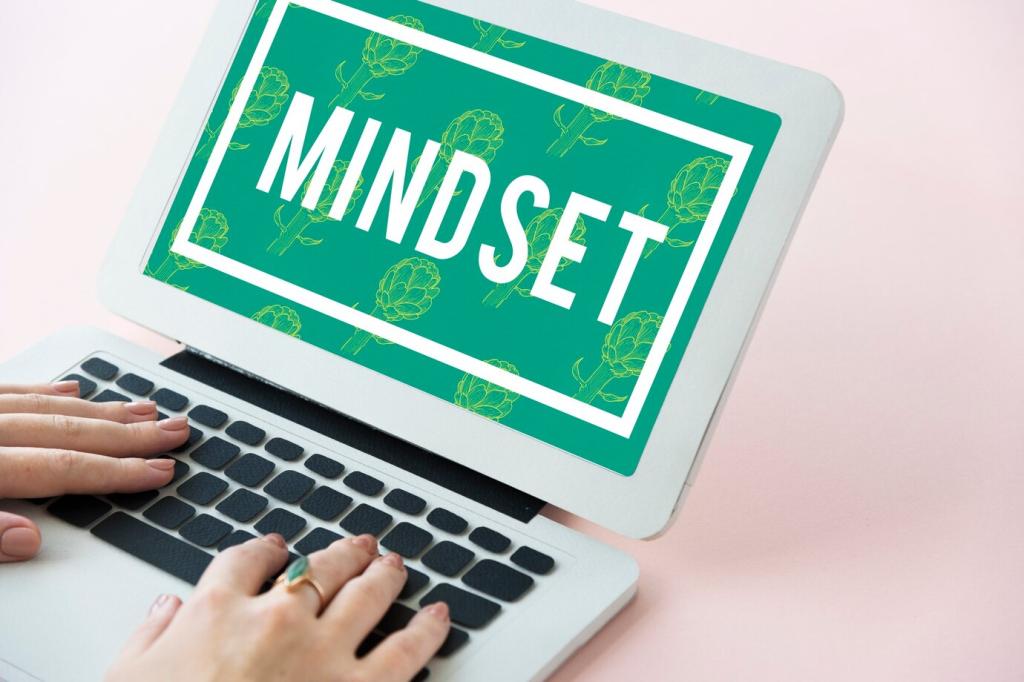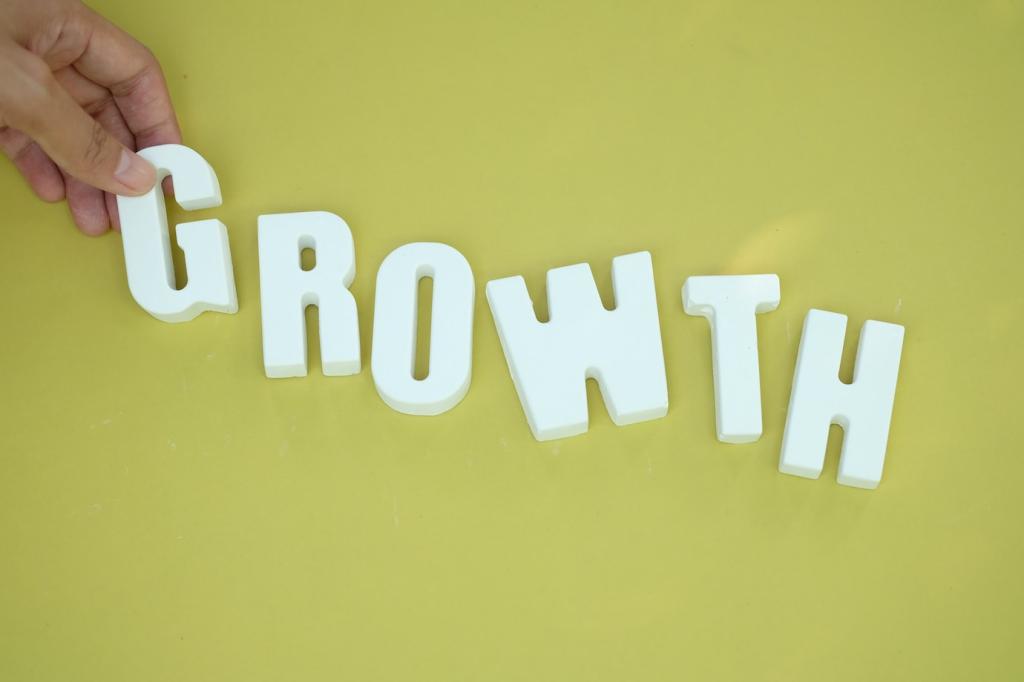Real‑World Stories of Bouncing Back
Stuck in traffic, Sam felt rage spike. He named it—“anger, heat, tight chest”—and counted five slow exhales. The horn still blared, but his shoulders dropped. He arrived present, not depleted, and even apologized sooner.
Real‑World Stories of Bouncing Back
Onstage, Aisha’s hands shook. She pressed her feet into the floor, softened her gaze, and found one friendly face. Breath by breath, words steadied. Afterward, she journaled what helped and invited a colleague to practice together.










